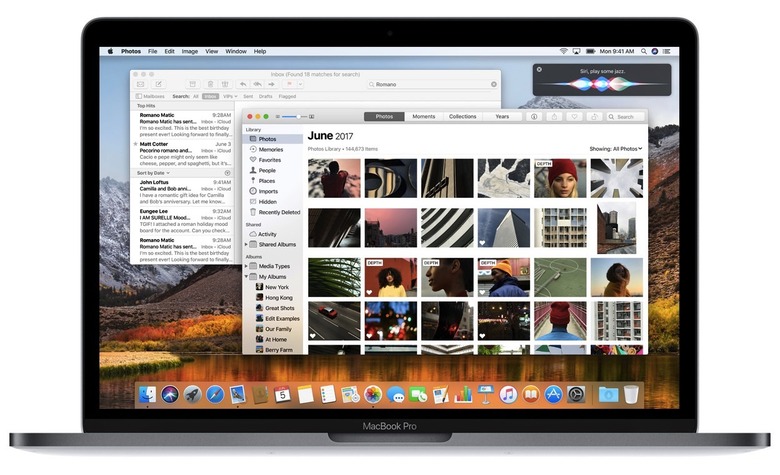MacOS High Sierra Is Available For Download Right Now
Apple has released the latest version of its desktop operating system, the aptly-named macOS High Sierra, and you can go download it right now.
You can download the release directly from the Mac App Store, or use the Software Update tool on your MacBook to get it. Obviously, you'll need a MacBook that's compatible with the update. The full list of compatible MacBooks and iMacs is below, but in general, anything from 2010 or later will work.
It's always a good idea to make a backup of important files and apps before committing to a new software update, but it's an absolute necessity this time. Among other under-the-hood changes, macOS High Sierra implements a new file system, called Apple File System. It brings about a number of much-needed improvements for the solid-state drive era, and should prove to be more stable in the long run.
However, despite extensive beta testing, I'm sure that some legacy apps and file systems will have issues with the transition, so keeping a separate backup would be particularly wise.
Other macOS 10.13 features include a crash protection system, safe document saves, stable snapshots, and native encryption.
A new video codec, H.265/HVEC is also included in macOS High Sierra, as Apple eyes 4K video content as the new default.
Compatible MacBooks and iMacs include the list below, and anything else more recent:
- iMac (Late 2009)
- MacBook (Late 2009)
- MacBook Air (Late 2010)
- MacBook Pro (Mid 2010)
- Mac mini (Mid 2010)
- Mac Pro (Mid 2010)
